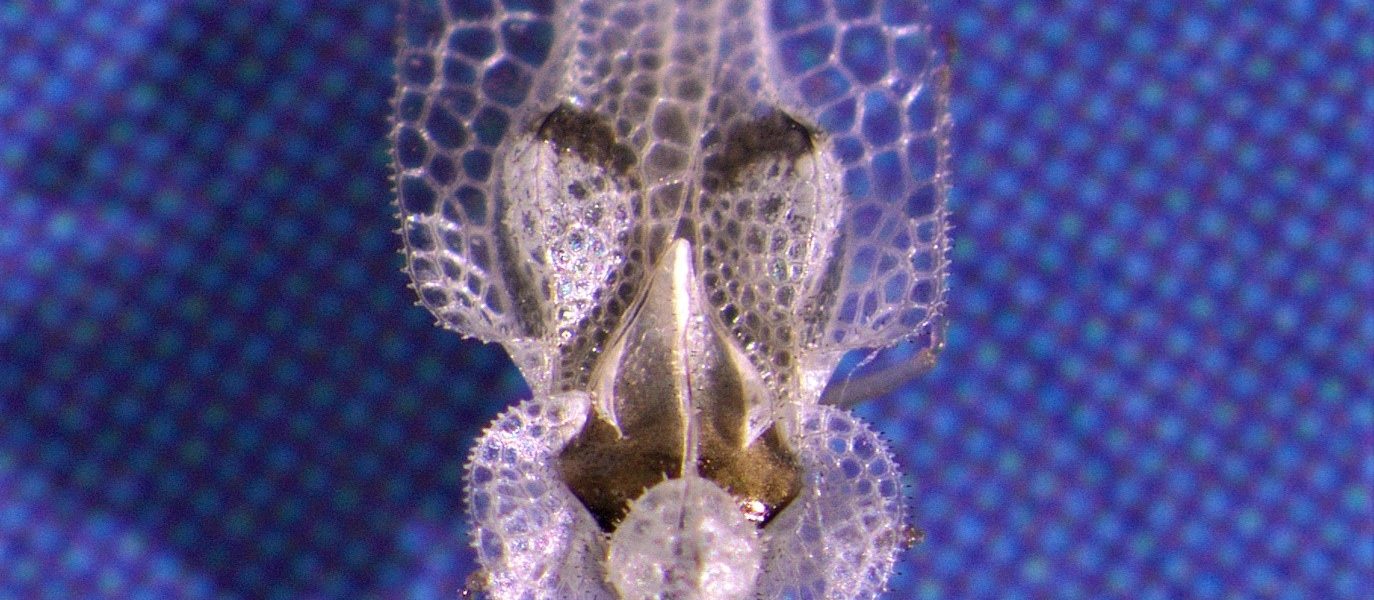We use some essential cookies to make this website work.
We’d like to set additional cookies to understand how you use forestresearch.gov.uk, remember your settings and improve our services.
We also use cookies set by other sites to help us deliver content from their services.

Plane lace bug (Corythucha ciliata) Present in the UK (Distribution unknown although likely to be limited) We welcome records of this pest – see ‘Report a sighting’ below Scientific name – Corythucha ciliata (C. ciliata) Plane lace bug (PLB), also commonly known as the Platanus lace bug or sycamore* lace...
The larvae, or grubs, of two-lined chestnut borer beetles are a pest of oak trees (trees in the Quercus genus) and sweet chestnut ( Castanea genus).
NFI inventory reports and woodland map reports
Information about elm zigzag sawfly (Aproceros leucopoda), now established in Great Britain, including its biology, the risk it poses to elms in Britain, and its identification
This review aims to answer the question “what are the public perspectives of woodland creation, expansion, management and maintenance?” (where woodland is taken to refer to trees in any location and context). Using a combination of structured search strings and key word searches, the search process uncovered 81 relevant publications...
Guide to surveying oak trees for signs of oak processionary moth (Thaumetopoea processionea) and when to apply control measures
Information on the importance and use of greenspace planning to ensure adaptation to climate change
Present in UK Notifiable – see ‘Report a sighting’ below Scientific name of causal agent – Cryphonectria parasitica Picture: D. Rigling Sweet chestnut blight is a destructive disease of sweet chestnut trees (trees in the Castanea genus) caused by the ascomycete fungus Cryphonectria parasitica. It was formerly known as Endothia parasitica. It can...
Not present in UK Notifiable – see ‘Report a sighting’ below Scientific name of causal agent – Geosmithia morbida (G. morbida) Vector – Walnut twig beetle (Pityophthorus juglandis; P. juglandis) Picture: Ned Tisserat, Colorado State University, Bugwood.org Thousand cankers disease is caused by the fungus Geosmithia morbida. It is believed...
Cookies are files saved on your phone, tablet or computer when you visit a website.
We use cookies to store information about how you use the dwi.gov.uk website, such as the pages you visit.
Find out more about cookies on forestresearch.gov.uk
We use 3 types of cookie. You can choose which cookies you're happy for us to use.
These essential cookies do things like remember your progress through a form. They always need to be on.
We use Google Analytics to measure how you use the website so we can improve it based on user needs. Google Analytics sets cookies that store anonymised information about: how you got to the site the pages you visit on forestresearch.gov.uk and how long you spend on each page what you click on while you're visiting the site
Some forestresearch.gov.uk pages may contain content from other sites, like YouTube or Flickr, which may set their own cookies. These sites are sometimes called ‘third party’ services. This tells us how many people are seeing the content and whether it’s useful.